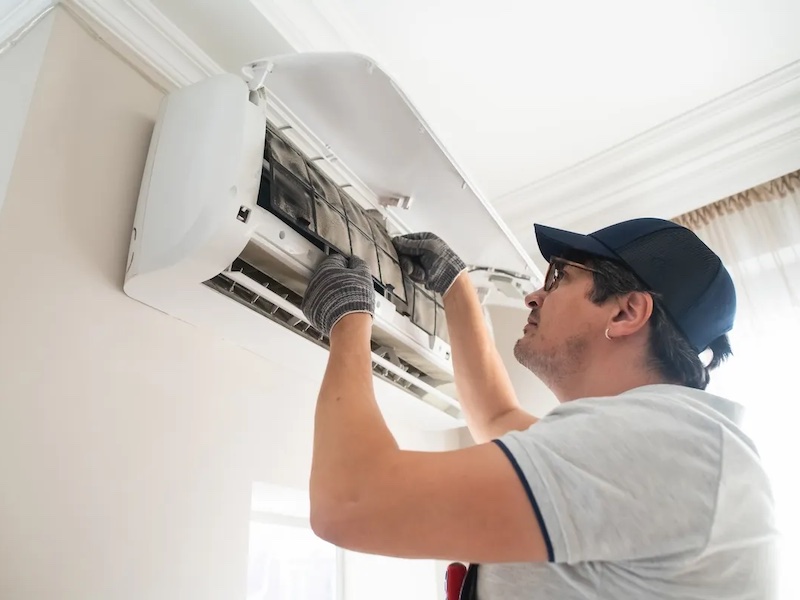
Mold remediation is a major step toward protecting your health and your home, especially in the humid climate of Wake Forest and surrounding areas. But even after professional mold removal, many homeowners are unsure how to safely return their HVAC system to regular use without risking recontamination or worsening indoor air quality.
At Southern Seasons Heating and Air, we frequently assist clients with HVAC cleaning, restoration, and maintenance after mold treatment. In this post, we’ll cover essential tips that help ensure your HVAC system is mold-free, safe to operate, and ready to keep your home comfortable without compromising air quality.
Before turning your HVAC system back on, it’s critical to have the ductwork and internal components professionally inspected—even if mold wasn’t originally detected in the system.
Why? HVAC systems can easily harbor mold spores, especially if the problem started due to excess moisture or humidity. Mold spores can remain in:
A post-remediation HVAC cleaning should include:
Pro Tip: Ask your HVAC contractor if they offer antimicrobial treatments that prevent mold regrowth on system components.
If your HVAC system was running during the mold infestation, your air filters likely trapped mold spores and other contaminants. Even if the filters look clean, they can be a hidden source of airborne particles that reintroduce mold into the home.
Replace your filters with high-efficiency pleated filters or HEPA filters (if your system allows). You may also want to change the filter again after the first few days of operation to capture any residual spores loosened during cleaning.
Mold thrives in environments with high humidity, and HVAC systems—especially in crawlspaces or attics—can create condensation or accumulate moisture over time. To reduce the chance of mold regrowth, maintain your indoor humidity levels between 30–50%.
Running a dehumidifier, especially in damp areas like basements or bathrooms, can make a big difference in mold prevention. Some HVAC systems can also be equipped with whole-home dehumidifiers that automatically regulate indoor moisture.
If your ductwork is located in unconditioned spaces like attics, crawlspaces, or garages, poor insulation and air leaks can create condensation—another trigger for mold growth.
After mold remediation, consider having your HVAC technician:
This not only prevents future mold problems but also boosts energy efficiency and improves air circulation throughout the home.
UV germicidal lights installed in your HVAC system can help neutralize mold spores, bacteria, and other pathogens before they circulate through your home. While they’re not a standalone solution, UV lights are a great supplement to regular HVAC maintenance.
In addition, whole-home air purifiers that connect to your system can help trap allergens, mold spores, and fine particulates that normal filters may miss—improving indoor air quality after a mold issue.
Once your HVAC system is back in operation, don’t forget to schedule regular maintenance. At Southern Seasons Heating and Air, our seasonal tune-ups include:
Preventative care goes a long way in avoiding future mold growth, catching potential issues early, and keeping your system running safely and efficiently.
Even with professional mold remediation, it’s smart to stay vigilant for early signs of mold returning—especially if your HVAC system was involved.
Watch for:
If you notice any of these symptoms, call a professional immediately. Early action can prevent a minor issue from becoming a major health hazard again.
At Southern Seasons Heating and Air, we know how serious mold problems can be—especially in homes that rely heavily on AC to battle North Carolina’s muggy summers. That’s why we offer expert HVAC inspections, duct cleaning, and post-remediation system support to help you feel confident and safe in your home again.
If you've recently undergone mold remediation and want peace of mind before turning your HVAC back on, give us a call. We'll make sure your system is clean, clear, and ready to keep your home comfortable all year long.
📞 Call Southern Seasons Heating and Air today or schedule your HVAC checkup online—your comfort and health are always our top priority.